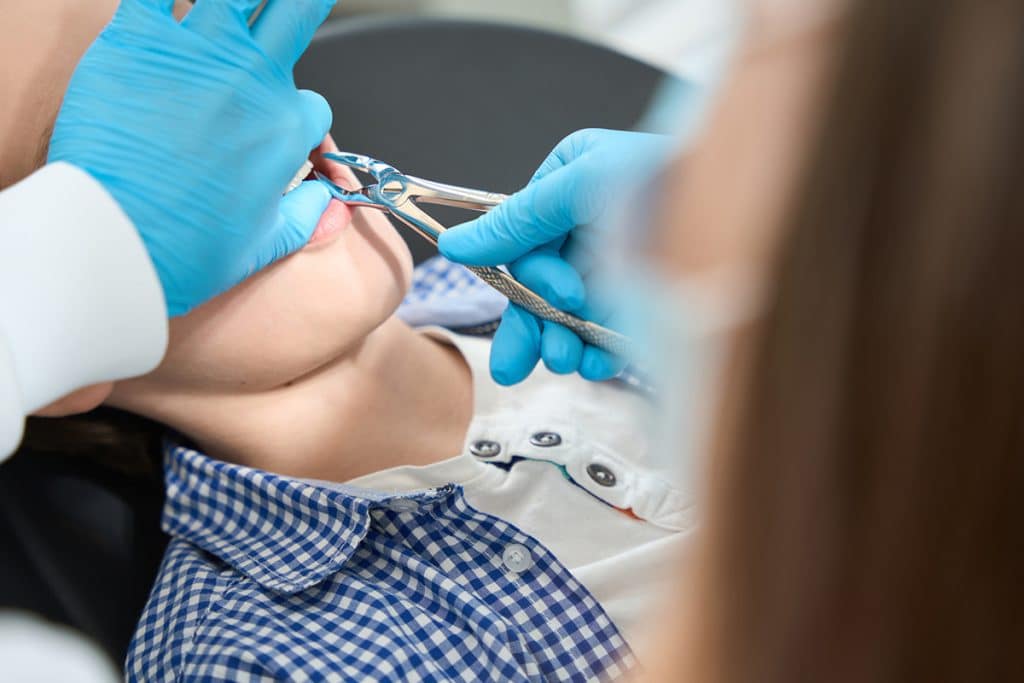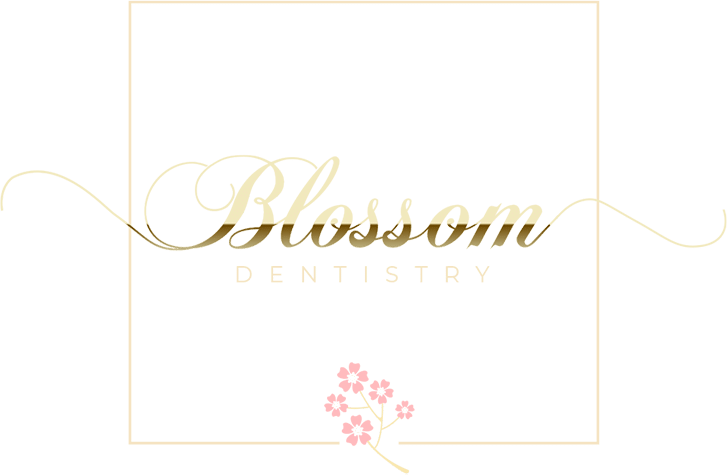What to Eat or Avoid After Dental Extractions

Undergoing a dental procedure can feel daunting, but knowing how to care for yourself afterward makes all the difference. We often receive questions about the recovery process, especially concerning diet. What you eat following dental extractions plays a critical role in how quickly and comfortably you heal. The primary goal is to protect the extraction site, particularly the blood clot that forms, which is essential for proper healing.
Eating the right foods helps minimize discomfort, prevent infection, and ensure your body gets the nutrients it needs to repair itself. Conversely, consuming the wrong things can dislodge the blood clot, leading to a painful condition known as a dry socket, or irritate the sensitive gum tissue. We created this guide to give you clear, straightforward advice on navigating your meals for the first few days after your procedure, setting you up for a smooth and speedy recovery.
Your Go-To Foods for the First Few Days
Immediately following an extraction, your mouth is tender, and you need to be gentle with the surgical site. For the first 24 to 48 hours, we recommend a diet consisting exclusively of soft and liquid foods. These options require minimal to no chewing, which protects the sensitive area from pressure and irritation. Think of this as a temporary phase to give your mouth the best possible start for healing. You should stick to cool or lukewarm foods, as hot temperatures can increase swelling or dissolve the crucial blood clot.
Safe and Nutritious Soft Foods
Your diet during this time doesn't have to be boring. Many nutritious and satisfying options fit the bill. Smoothies are an excellent choice, as long as you avoid using a straw. Blend fruits like bananas and avocados with yogurt or a protein powder to create a filling and nutrient-rich meal. Soups, particularly blended ones like tomato or pumpkin, are another great option, just ensure they have cooled to a lukewarm temperature. Other safe bets include applesauce, yogurt, pudding, Jell-O, and mashed potatoes. These foods are easy to swallow and won't put any stress on the healing socket.
Staying Hydrated
Hydration is just as important as your food choices. Drinking plenty of water is essential for the healing process. However, you must avoid using a straw for at least the first week. The suction created by a straw can easily dislodge the blood clot from the socket, causing a dry socket. Instead, sip directly from a glass. We also advise steering clear of carbonated beverages, caffeine, and alcohol during the initial recovery period, as these can interfere with healing and hydration.
Foods and Habits to Strictly Avoid
Just as important as knowing what to eat is knowing what to avoid. The primary objective is to prevent any disruption to the extraction site. Introducing the wrong types of food too soon can lead to pain, complications, and a longer recovery time. For at least the first week, you must be mindful of your food's texture and temperature to protect the delicate healing tissues.
Hard, Crunchy, and Chewy Items
Hard and crunchy foods are the biggest culprits for post-extraction complications. Items like chips, popcorn, nuts, and seeds can easily become lodged in the empty socket, leading to infection or inflammation. The sharp edges of these foods can also cut or irritate the gums. Popcorn kernels are particularly problematic, as their thin husks can slip into the socket and be very difficult to remove. We also recommend avoiding chewy foods like caramels, tough meats, or crusty bread, as the extensive chewing motion can strain your jaw and disturb the clot.
Spicy, Acidic, and Sticky Foods
Other categories to steer clear of are spicy and acidic foods. Spices like chili powder or hot sauce can cause a burning sensation and significant irritation at the extraction site. Similarly, acidic foods and drinks, such as citrus fruits (oranges, lemons) and tomatoes, can aggravate the wound and cause discomfort. Sticky foods also pose a risk. Taffy, gum, and certain candies can pull at the healing site or be difficult to clean away from the area, increasing the risk of bacterial growth. By avoiding these foods, you create a more stable and comfortable environment for healing.
Transitioning Back to a Normal Diet
After the first few days of a soft-food diet, you can gradually begin reintroducing more solid foods as your comfort level allows. This transition should be slow and deliberate. Listen to your body; if you feel pain or discomfort when trying a new food, it's a sign that your mouth may not be quite ready. Pushing yourself too soon can set back your recovery. The key is to transition from soft foods to semi-soft, and then to your regular diet, over the course of a week or two.
Semi-Soft Foods to Introduce
Around day three or four, you can start incorporating semi-soft foods that require a little more chewing. Scrambled eggs are a fantastic option, as they are soft and packed with protein. Other great choices include oatmeal, pancakes, well-cooked pasta, and soft-cooked fish, such as salmon or cod. You can also try soft-cooked vegetables and fruits, like steamed carrots or baked sweet potatoes. When you start eating these foods, try to chew on the side of your mouth opposite the extraction site to minimize any disturbance.
Returning to Your Usual Meals
Most people can return to their regular diet within one to two weeks, depending on the complexity of the extraction and their personal healing rate. As you reintroduce harder foods, do so cautiously. Start with smaller bites and chew slowly. Continue to avoid tough, crunchy, or sticky items until you feel completely healed and your dentist gives you the all-clear. Throughout this process, maintaining good oral hygiene by gently rinsing with a saltwater solution after meals will help keep the site clean and promote healing.
Your Recovery, Our Priority
Your comfort and health are our top priorities following any dental procedure. Following these dietary guidelines is one of the most effective ways you can contribute to a smooth and uneventful recovery. By choosing the right foods and avoiding those that can cause harm, you protect the healing site and provide your body with the fuel it needs to repair itself efficiently. Remember that this dietary adjustment is temporary, and your diligence in the first week will pay off with a faster return to your normal routine. If you ever have questions or concerns during your recovery, we are always here to help.
Frequently Asked Questions About Dental Extractions
How soon can I eat after a dental extraction?
We recommend waiting a few hours until the local anesthetic has completely worn off before you attempt to eat. Eating while your mouth is still numb poses a risk, as you could accidentally bite your tongue, cheek, or lips without realizing it. Your first meal should consist of cool, soft foods like yogurt or applesauce.
What are the signs of a dry socket?
A dry socket occurs when the blood clot in the extraction site becomes dislodged, exposing the underlying bone and nerves. The primary symptom is a throbbing, severe pain that usually begins two to four days after the extraction. The pain may radiate to your ear, eye, or neck on the same side as the extraction. You might also notice a bad taste in your mouth or a visible bone in the socket. If you suspect you have a dry socket, it's crucial to contact us immediately for treatment.
At Blossom Dentistry, we are committed to delivering compassionate and comprehensive dental care to our community in Washington, D.C. We believe that a healthy smile is a key to overall wellness, and we are here to support you throughout every stage of your dental journey. If you have any questions or would like to schedule an appointment, please do not hesitate to contact us.
